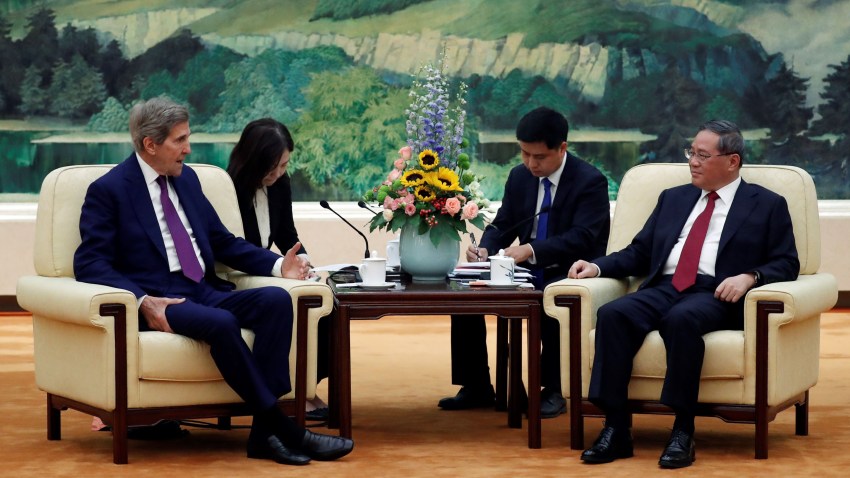In recent months, a succession of senior U.S. officials have traveled to Beijing in an attempt to shore up the two countries’ shaky diplomatic relationship. Among those to make the trip was U.S. climate envoy John Kerry, whose talks with his Chinese counterpart Xie Zhenhua had been put on hold by Beijing nearly a year earlier in retaliation for then-Speaker of the House Nancy Pelosi’s controversial trip to Taiwan. Kerry and Xie made no progress, nor has any emerged since. But the meeting did at least signal the resumption of regular U.S.-China climate diplomacy ahead of this year’s United Nations COP28 Conference on Climate Change, which begins in November.
But regular climate diplomacy might no longer cut it. Since Kerry and Xie began their talks in 2021, bilateral ties have deteriorated significantly. As a result, officials and observers in both capitals have become markedly more pessimistic about the feasibility of carving out a separate lane for climate progress amid the general diplomatic gridlock. Some even argue that escalating competition rather than deepening cooperation holds the key to tackling the climate crisis—a risky proposition that may imperil our chances of a timely energy transition.
The state of U.S.-China relations matters deeply for the future of the climate agenda. The U.S. and China are the world’s second-largest and largest greenhouse gas emitters, respectively. They are also centers of innovation where, their governments hope, the key technological breakthroughs will be made to power the transition to green energy. China is already integral to the global supply chain in key technologies like solar panels and electric vehicles. Meanwhile, both countries have deep reservoirs of capital that could be tapped to assist lesser-developed countries make the energy transition and mitigate the impact of climate change. Cooperation between the two countries has been vital for large multilateral breakthroughs in the past, such as when they paved the way for the 2015 Paris Climate Accords by agreeing to aggressive emissions-reduction targets of their own in 2014.

